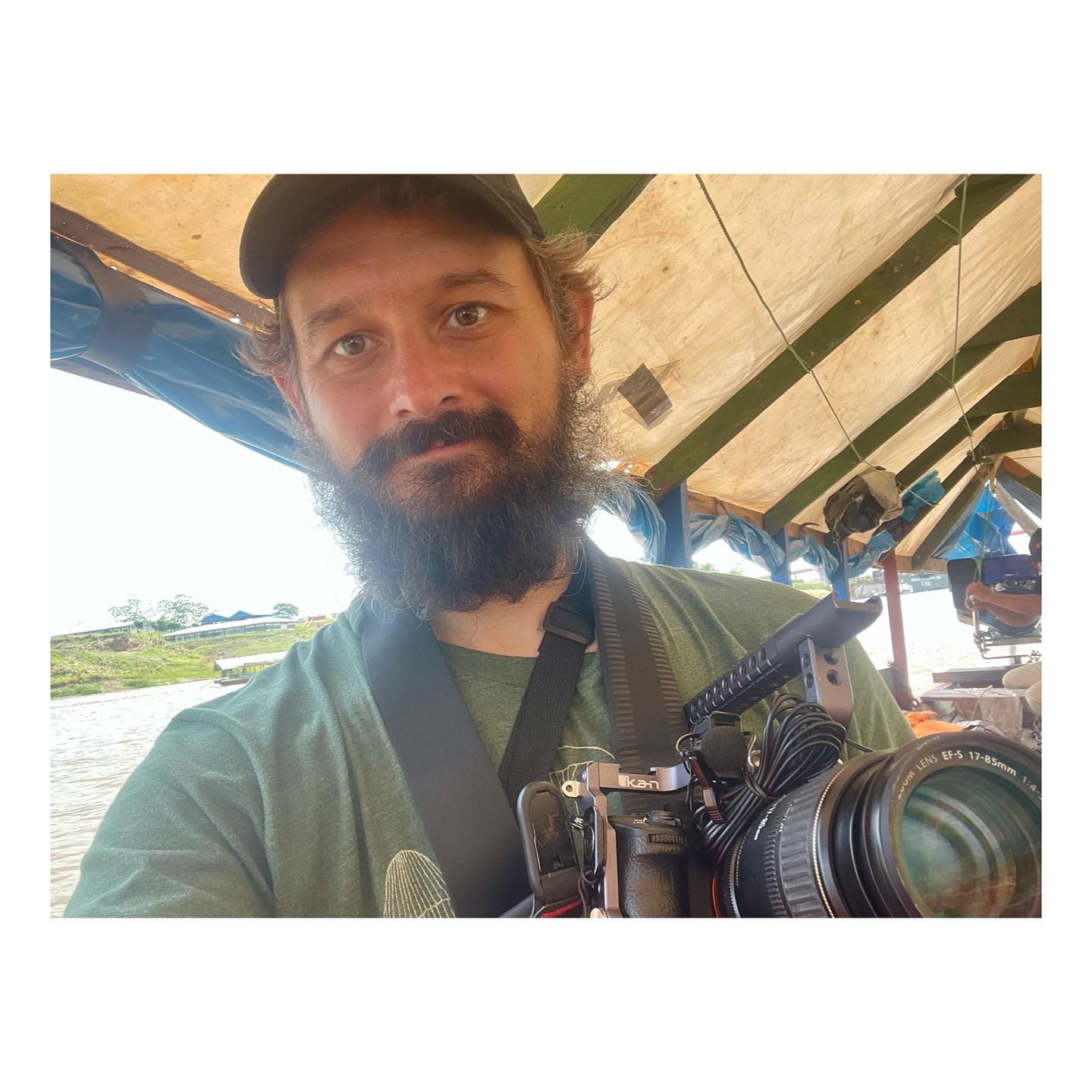Alright – so today we’ve got the honor of introducing you to Wilson Stiner. We think you’ll enjoy our conversation, we’ve shared it below.
Wilson, looking forward to hearing all of your stories today. We’d love to hear about a project that you’ve worked on that’s meant a lot to you.
October of 2023 answered a call I had been longing to fulfill for over a decade. I found myself navigating obstacles to land in the Peruvian Amazon and get myself and my camera acquainted with an ancient technology at its source. The project, “Jungle Eyes” pulls forward thematic threads I began articulating while developing a series with Jes (the other half of Stiner Bros.), called “Dreamspoke.” Ultimately, the series was cut short by the untimely death of our lead. The years of filming for research and development sake challenged much of what we thought we understood about natural laws and consciousness.
Since putting pen to paper, my expressions have been divergent. Only later in life did I discover the mind creating those expressions qualified as neurodivergent. Along the path of reconciling my different eyes and different brain within the confines of status quo western culture, I have always been attracted to offering the way I see things to co-creators. The perspective of someone with the gift of difference allows the world to crack open and let it in our species-specific biodiversity. I strive for these openings in all my work, which means I’m typically exploring characters or subjects unearthing novel realizations for the sake of the audience.
Just before the pandemic, my relationships with indigenous cultures and the news of my first child led me to rewriting a screenplay my brother and I conjured many years prior. With an interest in resurrecting old gods of the Americas buried by colonization, we sketched out a future-primitive return to tribal life. Wind Mother and Coyote were our central forces, which began speaking quite loudly to me in the mountains originally occupied by the Chumash. When it was ready to show, our first two readers were indigenous elders with the gift of storytelling, who encouraged us onwards.
As the pandemic extended and my mind expanded with new dialogues on ecology and the technium, I began formulating and shooting the short sci-fi piece, “Continuum Hack” with musician and polymath, Tyler Etters. After going back and forth about our aims, we landed on the story of an underground group hacking the evolution of consciousness in a race against a surveillance state. The protagonist follows a signal into the bowels of an abandoned mine, awakening ancient spirits, a transformative preparation for a quantum leap. I was unable to complete production as an unexpected shakeup forced my young family from what we called home.
We ended up moving to Georgia, the land where that post-cataclysmic screenplay takes place, where the Muscogee-Creek and Seminole tribes once populated. News of forest protector, Tortuguita’s murder shaped my initial understanding of this new place. Collaborating with the Center for Biological Diversity, I interviewed and interacted with natives fighting to #stopcopcity and protect the Weelaunee Forest. To my surprise, many Mvskoke traveled from Oklahoma, where their ancestors were forced to relocate, in order to make their community, culture, and viewpoint visible.
In my attempts to connect with Mvskoke wisdom keepers, I discovered the art of Joshua Garrett (Deadfeather) who utilizes various forms of expression to reach back into time and untangle his history. Stars aligned for me to meet one of the first two screenplay readers, Grandmother Margaret Behan (Red Spider Woman) in Oklahoma City. I introduced her to Joshua and she embraced his complex and unique artistic vision. “Ehute-vpohyvuke (Homesick)” is the short film we made about his work, struggles, and the solace he found retracing his roots.
Before I could finish the edit, I set out for Iquitos, Peru to turn my lens on another artist, Chris Isner, in an act of reciprocity with the Shipibo healer whose practices illuminated a means to sustain his life. I am currently in post-production on “Jungle Eyes,” and am careful to do it justice. The ability to crack the world open possessed by Maestra Estele Pangoza was an absolute comfort to my divergent sensing. The exploration of questions I began asking in “Dreamspoke” truly reached new heights amongst this beautiful rainforest community.
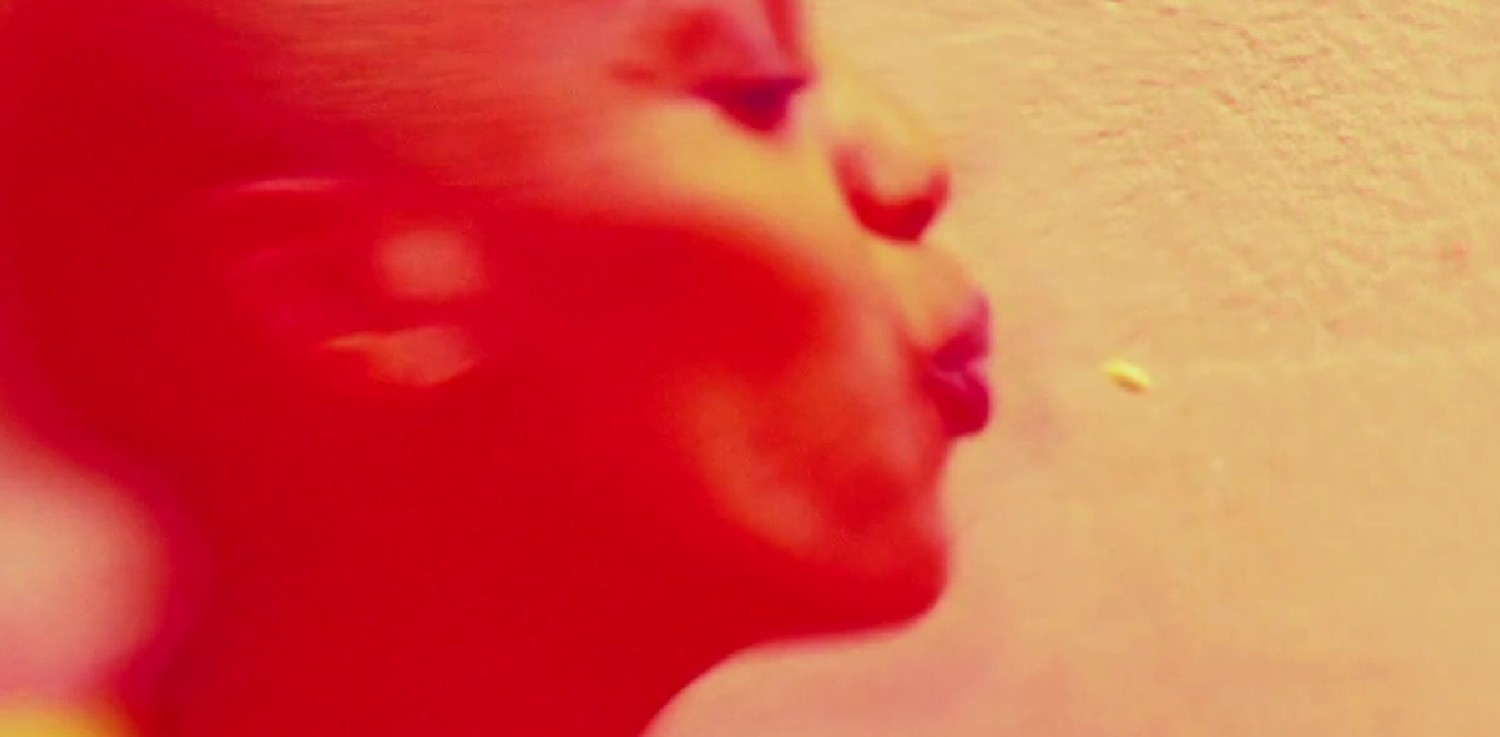

Wilson, before we move on to more of these sorts of questions, can you take some time to bring our readers up to speed on you and what you do?
Audiovisual storytelling was a natural artistic progression, beginning with illustration, that sprang out of communicating how I experienced the world differently. Over the last fifteen years I have been able to keep one foot in personal passion projects with the other in commercial work for mass audiences. Occasionally those two worlds overlap. Though the subject matter may differ widely, I’m mostly drawn towards delving into the line between fantasy and reality, as well as the nature of identity. If what I create can ignite the imagination or expand the perspective of a viewer, I consider it a success. Mixing it up with collaborators always broadens my own point of view and delivers valuable insights. I have never come away from a project and felt the same. My aim remains to push the limits of the art and the mind through my work.
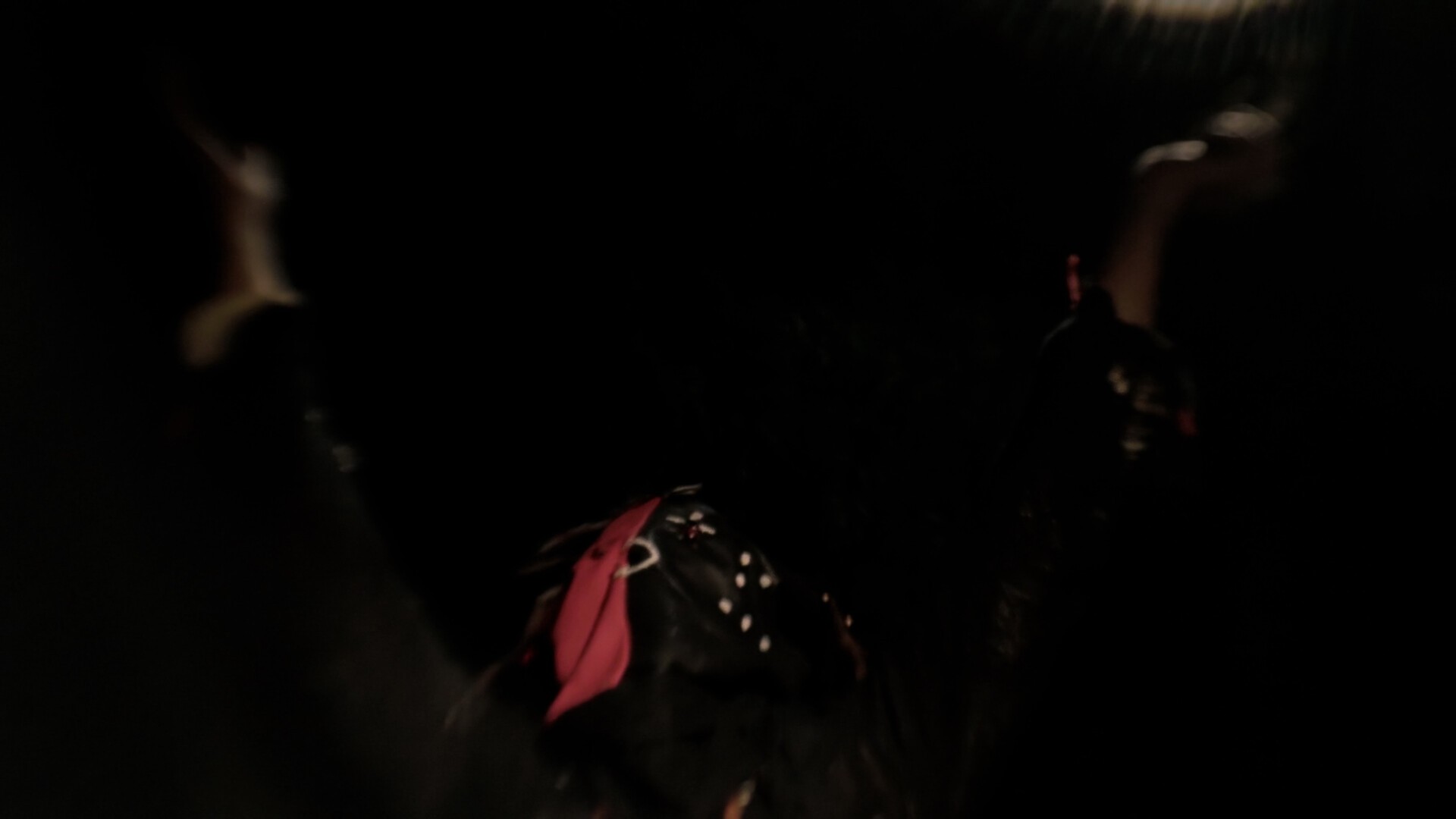

We often hear about learning lessons – but just as important is unlearning lessons. Have you ever had to unlearn a lesson?
Many of my early employers, particularly the more “artistic” ones, referred to filmmaking as battle. “We went to war every day on that set” was a common turn of phrase. Though I can’t say I’ve shared their exact experiences, I’ve certainly been involved in challenging scenarios. Whether you face creative differences or political games, it can feel like a fight, but I’ve found that is really just a mindset you might have inadvertently adopted, and not a particularly helpful one.
I prefer to think there are no enemies. Ideally, the team assembles because of alignment towards a shared desirable outcome. If I end up with someone on my team who does not see the end result as I do, and they stand in the way of the world experiencing the finished piece, a creative solution to avoiding tension or adversarial arrangements always arises if you allow for it. Honest, clear and clear-headed communication is the greatest tool.
Manifesting a vision for a client, audience, or yourself is generally challenge enough, so you might as well be united. Yes, chaos interferes and wrenches jam up your predicted days, but waging a war against those uncontrollable elements sounds like a definition for insanity.
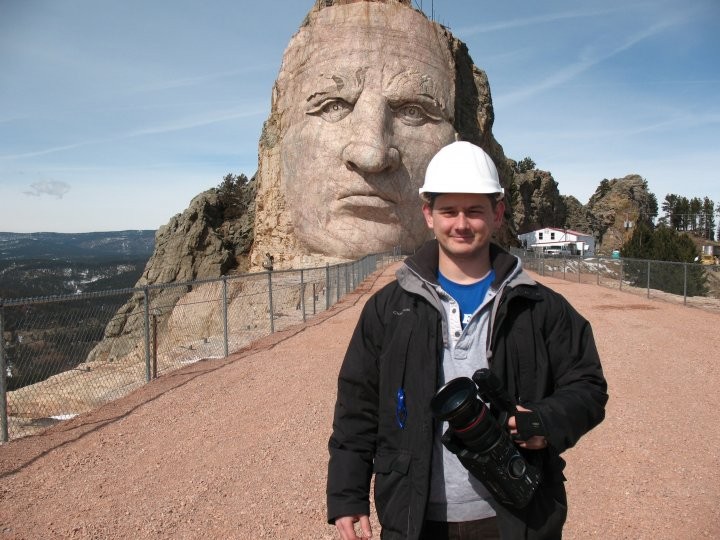

Can you share a story from your journey that illustrates your resilience?
This might be the single most crucial component of an artist’s makeup.
I see it this way: nature expresses beauty as a reflection, a living recognition. Like all of nature, humans are drawn to beautiful mirrors, be they another person, an animal, a landscape, or a piece of art. The support for these reflective creations, in which we can identify aspects of ourselves and perhaps come to a revelation, is quite fickle. Having no system to recognize novelty means bets are placed on the last thing that worked. Meanwhile, the chance to reach an audience big enough to prove your new thing also works is hard to come by, and much of the time, is heavily guarded.
All artists know, however, there is nothing particularly valiant about resilience. You simply don’t have a choice. Well, you always have a choice, but if you throw in the towel, you might as well disappear.
So, yes, I have countless stories, but they involve people I would want to protect or who would not enjoy me expressing my truth. The fact that I’m still here, telling stories I care about is an act of resilience, and it’s all I know.

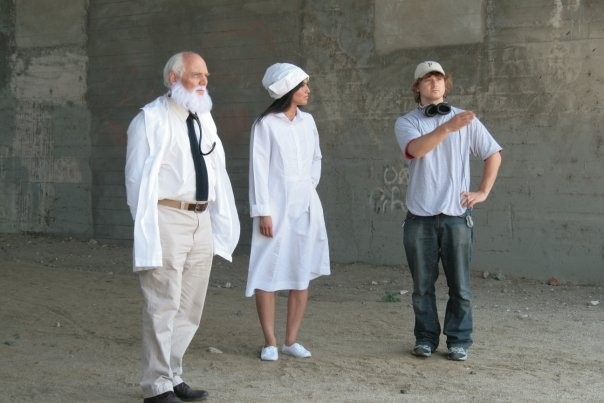
Contact Info:
- Website: www.stinerbros.com
- Instagram: https://www.instagram.com/stinerbros/
- Linkedin: https://www.linkedin.com/in/wilson-stiner-b114149/
- Youtube: https://www.youtube.com/channel/UCvxAia6ndD648HddXnhOtUg


